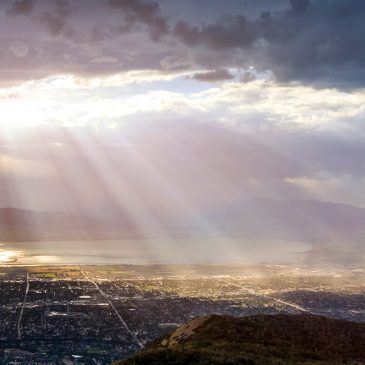January 1838, Joseph Smith and Sidney Rigdon, leaders of the Mormon church, used the cover of darkness to flee Kirtland, Ohio, with an angry mob at their heels. Behind them were disgruntled creditors, disillusioned Church members, and civil authorities who denounced them and sought to bring them to court. What had been a seemingly prosperous community made up largely of optimistic Mormons less than a year before was now torn with faction—a village which most planned to abandon.
Events leading up to the “Kirtland disaster” have been reviewed many times and are generally well-known. Prevailing historical interpretation holds that it was due to general economic collapse, which was precipitated by the failure of the Kirtland Safety Society Bank, a banking experiment initiated by Joseph Smith and others in fall 1836. It is generally held that the banking failure and the subsequent inability of Smith and his church to meet their economic obligations grew out of more complex causes: (1) Kirtland was not a viable economy—it was incapable of supporting either the rising population or the economic activities of the Church leaders. (2) Smith and other leaders were involved in reckless land speculation. (3) Smith was hopelessly and irresponsibly in debt.
It is our contention that moral judgments upon Mormonism have obscured the real story of what happened to the Kirtland economy. Our argument is based upon the premise that the voluntary nature of market transactions imposes constraints upon behavior—that creditors demand assets or they refuse to make loans, and buyers and sellers expect fair market prices or they do not trade. We think the evidence demonstrates that these principles operated at Kirtland, and believe that all parties to the buseiness arrangements in question participated because they believed that they would benefit from the results. Previous historical accounts of the Kirtland economy have overlooked the fact that Smith provided his creditors with assets, that he was buying and selling land at market prices, and that the economic reversals in Kirtland involved a change in conditions that “reasonably prudent” economic men probably would not have anticipated. Numerous tables and graphs, along with appendixes including information such as the stock ledger from the Kirtland Safety Society, are included to support the exhaustive research of this article.



